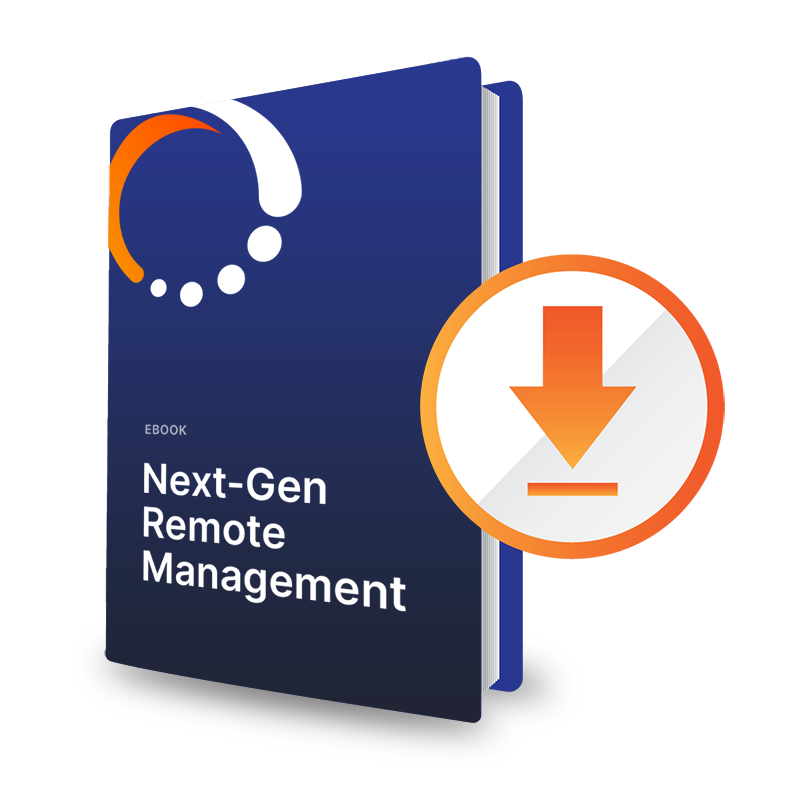How IoT Analytics are Transforming Manufacturing
By implementing an Internet of Things solution, manufacturing systems can be better informed about both supply chain and customer data.

The Internet of Things is a perfect fit for the universe of manufacturing; no matter what products are being made or who the customer is, the IoT offers a wealth of data that can be leveraged for significant returns on investment.
And that’s not hypothetical; the good news is that these kinds of IoT successes are already happening in the real world. For one example, look at Harley-Davidson, which last year deployed smart sensors and edge analytics at its York, Pa., factory. The result? The classic motorcycle maker was able to slash the time it took to create customized motorbikes from 21-days to just six hours – while simultaneously reducing operating costs by $200 million. Likewise, jet engine manufacturer Rolls-Royce used an IoT project to get data from engines it sold while in-flight; this information was fed back to engineering and manufacturing teams to create better designs and implement predictive maintenance that saved customers an average of $25,000 per plane – a compelling competitive advantage.
Approaching Analytics Differently
As we’ve mentioned already, it’s important to understand that capitalizing on the IoT in your business will require thinking differently. Rather than integrating your new flood of information into a data warehouse and running traditional analytics tools, the IoT begs you to approach your analytics differently. You’ll wade into data lakes and perform edge analytics – in which you implement automated systems to analyse data at the point of collection, at sensors and devices spread across your network. This let you easily analyze just the relevant subsets of data embedded within vast seas of information.
That transformation is powerful, because it allows you to get important insights and make decisions faster than would be possible through traditional human analysis alone. Combining the right sensors with edge analytics, for example, can lead to significantly streamlined shop floor control. Sensors can lead the way to improving planning and scheduling to deliver the optimum production rate; predictive maintenance can combine historical failure data with real-time feedback on wear and tear to predict anomalies before they occur and schedule maintenance at the optimal time. IoT analytics can also reduce waste of raw materials and lead to better scheduling of human resources.
In addition, manufacturing systems can be better informed about both supply chain and customer data. On the supply chain front, IoT analytics can be used – automatically – to set up feedback loops between raw material inventory and production systems, so manufacturing can be programmed based on scheduled availability and vendor lead time. And at the other end of the production cycle, customer data can feed back into systems for planning production tempo, warranty planning, and stocking parts.
Analytics to Inform Engineering
Indeed, it should be clear that one of the most interesting characteristics of the IoT is that it offers value holistically across your business. If, like Rolls-Royce, you’ve properly instrumented the product you manufacture, then it can deliver usage and failure information long after it rolls off the factory floor. You can lean into that data to monitor its lifecycle; analytics can inform engineering to improve the design. It can also be used to automatically advise the customer when maintenance, updates, or replacements are needed. And seasonal usage or other demographic insights can further inform the production cycle, raw material inventory, and the rest of your supply chain.
That’s not the whole story, either. While the obvious applications for IoT data include cost savings and additional revenue by applying the analytics to your own internal processes, there’s also an opportunity to sell the raw data or analytic insights your IoT captures to other businesses in your ecosystem. It’s a whole new way to look at your business, your data, and the real value of the data you collect.
Find out how an IoT platform like Canopy can help uncover value in your manufacturing program.













